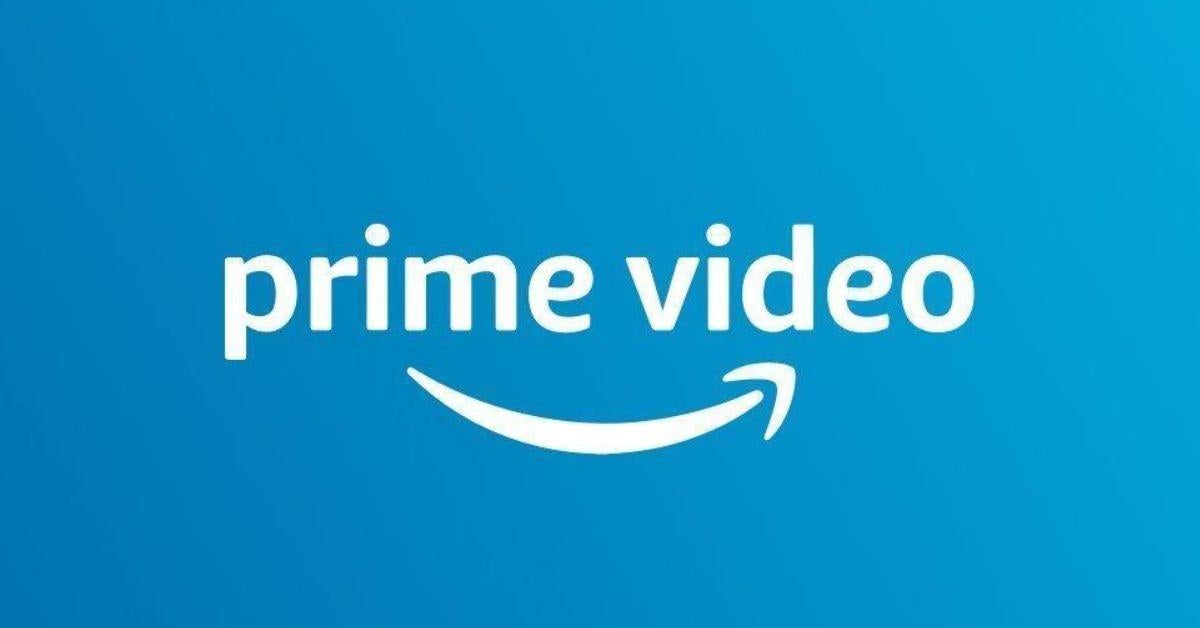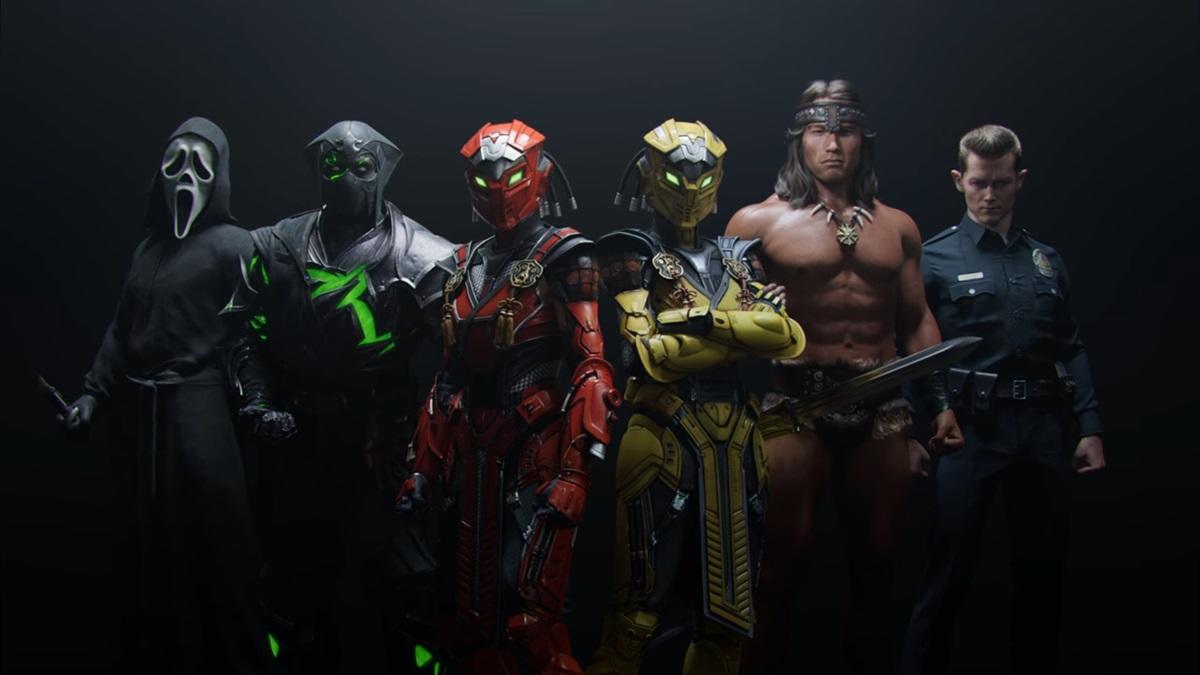NBA 2K Publisher Wins Lawsuit Over LeBron James' Tattoos
NBA 2K and 2K Games have won a copyright case involving NBA star LeBron James’ tattoos. The Los [...]
NBA 2K and 2K Games have won a copyright case involving NBA star LeBron James' tattoos. The Los Angeles Lakers forward got some ink from Solid Oak Sketches, who claim to own the copyrights to body art designs on multiple NBA stars. The Hollywood Reporter details how the entire lawsuit began back in 2016 and the tattoo company alleged that Take-Two Interactive used unauthorized reproductions of their tattoo designs in the NBA 2K franchise. A federal judge ruled that Take Two's depiction was de minimum and deemed that an implied license was granted in this case.
Take Two knew they had a fight on their hands when Solid Oak was able to navigate past a motion to dismiss the case. When James found out about the case he said, "I always thought that I had the right to license what I look like to other people for various merchandise, television appearances, and other types of creative works, like video games." In this case, he was correct, and now the publisher can breathe easy about other companies who may have come calling if this decision hadn't gone their way. U.S. District Court Judge Laura Taylor Swain explained:
"Defendants are entitled as a matter of law to summary judgment dismissing Plaintiff's copyright infringement claim because no reasonable trier of fact could find the Tattoos as they appear in NBA 2K to be substantially similar to the Tattoo designs licensed to Solid Oak," she wrote. "The Tattoos only appear on the players upon whom they are inked, which is just three out of over 400 available players."
GOAT Talk 🐐 It was a movie making this years 2K with The King @kingjames
RT 🔥 if your enjoying 2K Day. We’ll see you guys on the court.https://t.co/Z2K5IeQMzC pic.twitter.com/5OrqkMBn5V
— Ronnie 2K 2K20 (@Ronnie2K) September 8, 2018
Swain continued, "The undisputed factual record shows that average game play is unlikely to include the players with the Tattoos and that, even when such players are included, the display of the Tattoos is small and indistinct, appearing as rapidly moving visual features of rapidly moving figures in groups of player figures. Furthermore, the Tattoos are not featured on any of the game's marketing materials."
"When the Tattoos do appear during gameplay (because one of the Players has been selected), the Tattoos cannot be identified or observed," the judge continued. "The Tattoos are significantly reduced in size: they are a mere 4.4% to 10.96% of the size that they appear in real life. ... Further, the Players' quick and erratic movements up and down the basketball court make it difficult to discern even the undefined dark shading."
She concluded, "Here, the undisputed factual record clearly supports the reasonable inference that the tattooists necessarily granted the Players nonexclusive licenses to use the Tattoos as part of their likenesses, and did so prior to any grant of rights in the Tattoos to Plaintiff."
Have you ever been upset that your favorite athlete's details were wrong? Let us know in the comments!




